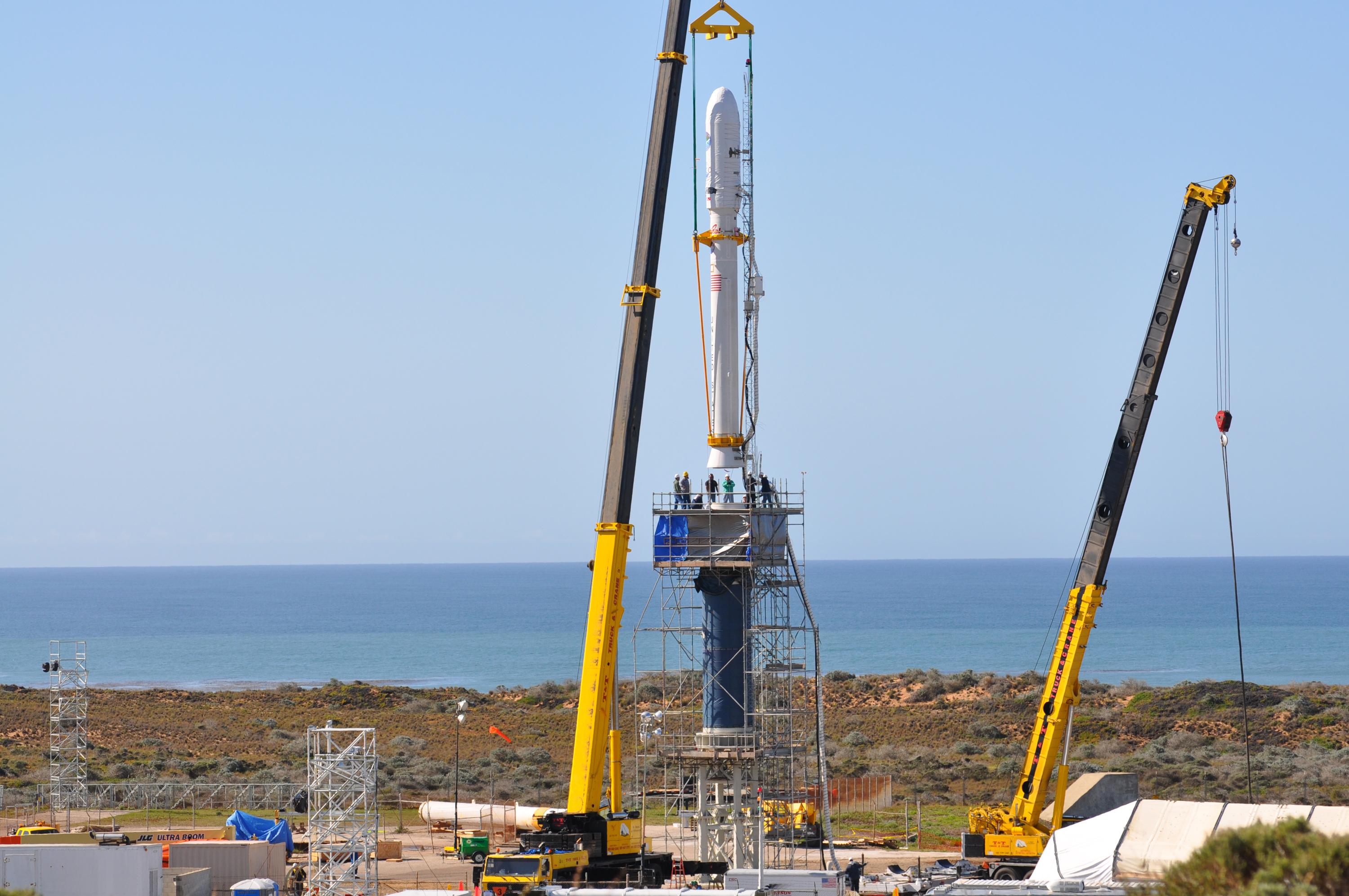May 10, 2011 Vol. 4, Issue 3
Effective knowledge sharing strategies bridge the gap between what and who.
A few weeks ago, I kept receiving an error message on my home computer. Baffled by this problem, I typed the message into my search engine to see if others had encountered it. Sure enough, my search returned a few thousand hits. I scanned the list, picked the one that appeared closest to my problem, and dove in. The first page didn’t yield a useful answer, so I looked at another, and then another. The third was a bulletin board where another user had faced the same problem and asked the community for help. I read through the back and forth of dialogue: What are your settings? Have you tried this? No help. Other ideas? How about this? The solution at the bottom of the page—the one that worked for the user who had received the same error message—also worked for me. Problem solved.
That’s an everyday use of the database approach to knowledge sharing. We have discrete, relatively simple problems, and we look for answers. It’s more than information gathering, which is what we do when we search the web for a zip code; a better analogy is a cookbook, where we’re looking for proven knowledge about the right steps to follow in an orderly sequence. The identity of the person who supplied the answer is not very important because the consequences of a wrong answer are relatively low. If the solution doesn’t work, the consequence is most likely that you’ll try another web page for a different answer. There’s always the possibility that an answer could leave you worse off (for instance, if you download a software patch that contains a virus), and that’s where common sense and judgment come into play. We search for an answer until we find the right one.
At the other end of the spectrum are complex problems that can’t be solved by the cookbook approach. How does a NASA program manager learn about the realities of securing funding over several budget cycles? In this kind of knowledge sharing, the who is as important as the what. For example, Tom Moser’s perspective on what it took to maintain political support for the Space Shuttle Program during its long development cycle is credible because of his experience as the deputy associate administrator for space flight during that time. An academic expert who studied NASA history might also come up with a convincing narrative on this topic, though it would lack the immediacy of Moser’s version. A present-day program manager looking for insights would distinguish between the perspective of the reflective practitioner and the objective third-party analyst, making judgments about the biases and blind spots inherent in each (e.g., the organizational and cultural changes since Moser’s time and the detachment of the academic analysis). Neither point of view would offer a complete answer to the program manager’s challenges; both could provide critical insights.
In other words, as the complexity of the problems we face increases, the context and individuals are inextricable from the knowledge at stake. When we learn in this way, we ask ourselves two questions. The first is “Who is this person?” Only after we’ve answered that do we consider, “What is he or she saying?” And we make judgments about the person’s character, context, and worldview as we interpret what he or she is saying. Knowledge in organizations does not exist independent of the people who possess it. As Larry Prusak said at our Knowledge Forum in April, knowledge without values, judgment, and wisdom is essentially technical skill. It’s absolutely necessary, but it only goes so far in addressing the one-of-a-kind challenges that NASA faces every day.






